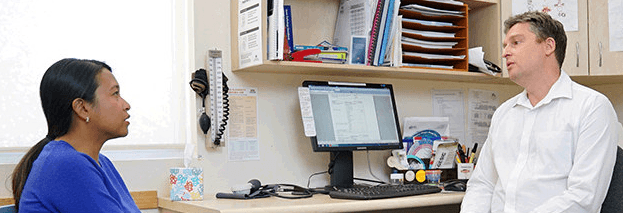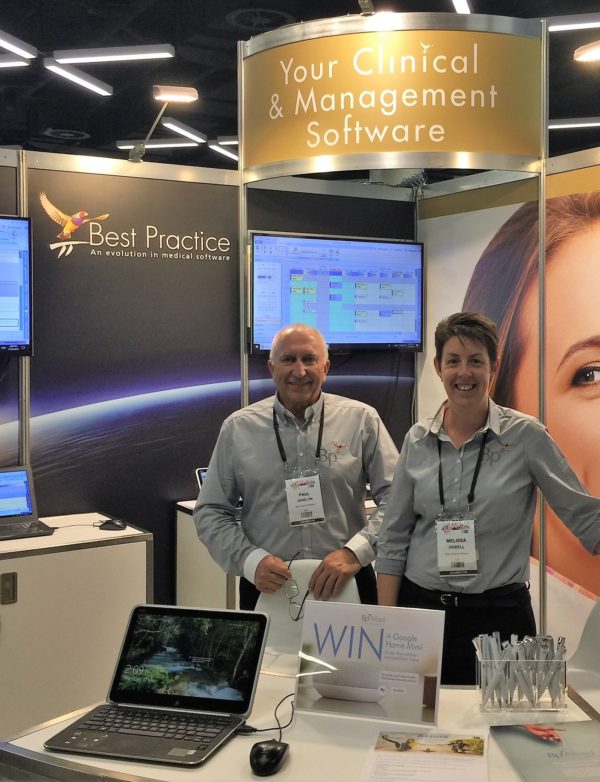A month of sobriety every year does not reduce your lifetime risk of harm from alcohol, but does act as a circuit-breaker to help reassess your relationship with regular drinking. You may get to assess the effects it may be having on productivity, relationships and review the amount and circumstances you are drinking under (for example the automatic pouring of a larger glass of wine while cooking dinner, or sitting down to watch the television). Research has repeatedly demonstrated that we underestimate how much we drink. A break may also highlight the social pressures we are under to consume alcohol. There has been little research into whether campaigns such as Dry July have any effect on long-lasting change in alcohol consumption, but there is some evidence from the UK of reduced consumption in the 1-2 months following participating in these campaigns.
The short-term benefits from a month alcohol-free for regular drinkers include a more refreshing sleep. Although alcohol acts as a sedative, it is associated with increased snoring, sleep apnoea and wakening after the effect wears off at 4-6 hours. Alcohol acts as a diuretic and this effect may also interrupt sleep.
Alcohol contains significant calories and a break can be associated with weight loss and reduced restaurant bills. Although often without physical symptoms, your liver function also improves when not processing regular alcohol.
In Australia, almost 6000 deaths a year can be attributed to alcohol, with approximately 400 hospitalisations per day. Many people remain unaware that the long-term health risks associated with regular alcohol intake are not only confined to very heavy drinkers. There is a growing list of alcohol-related diseases: bowel cancer, mouth and oesophageal cancer, breast cancer, heart disease, respiratory infections, mental health problems and perhaps prostate cancer. There is also the foetal alcohol spectrum disorders occurring as a result of exposure to alcohol in the womb. Alcohol affects judgement and affects risk-taking, with injuries, vehicle accidents, drownings and violence associated.
Individual vulnerability and the context in which you drink are relevant, but in general low-risk drinking to avoid alcohol-related death is two standard drinks or less per day and a single occasion low-risk drinking is four standard drinks or less. The safest option for those thinking about pregnancy, who are pregnant and for those under 18 years old is not to drink.
The National Alcohol and Other Drug Hotline offers professional, confidential and free advice to connect you to the most appropriate services locally at 1800 250 0115 (anytime and anywhere) should you be concerned about your level of alcohol use.
Daybreak is a helpful, free App designed around a Drink Less Support Community created by the Hello Sunday Morning team, see hellosundaymorning.org for more information about the App and Facebook group promoting hang-over free Sundays, for those interested in a longer term approach to changing their relationship with alcohol.
Funds raised though Dry July are donated to cancer support organisations across Australia, with $30 million being raised for more than 75 cancer organisations since the first Dry July in 2008.
Dr Lisa Surman, CBD West Medical Centre, Perth, WA
Member of Best Practice Software’s Clinical Leadership Advisory Committee
“Often patients spend time talking about current medical and social issues, taking valuable time away from dealing with what they have really come in to discuss. One of our solutions is to direct them to news articles on our website written by a doctor in our Practice that outline current issues and offer strategies to manage the problem and links to relevant, reputable websites”.









